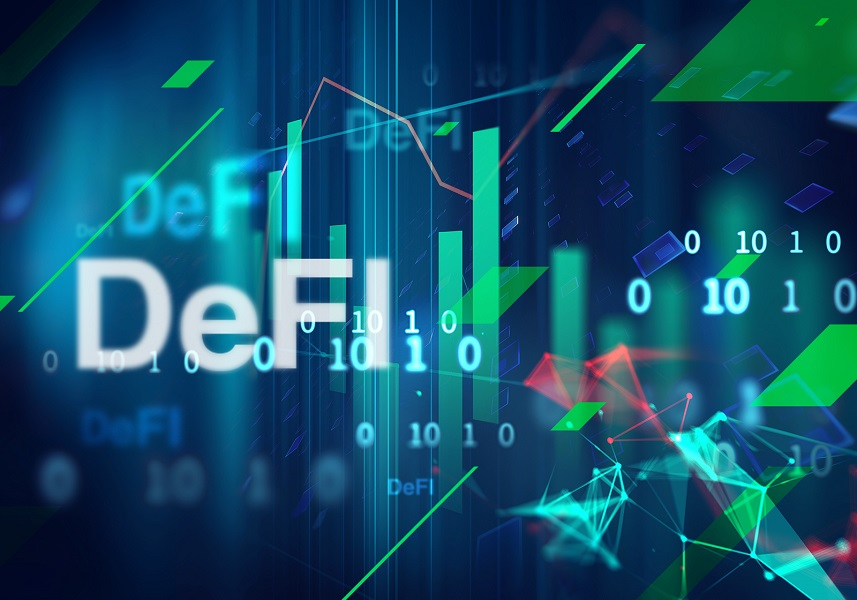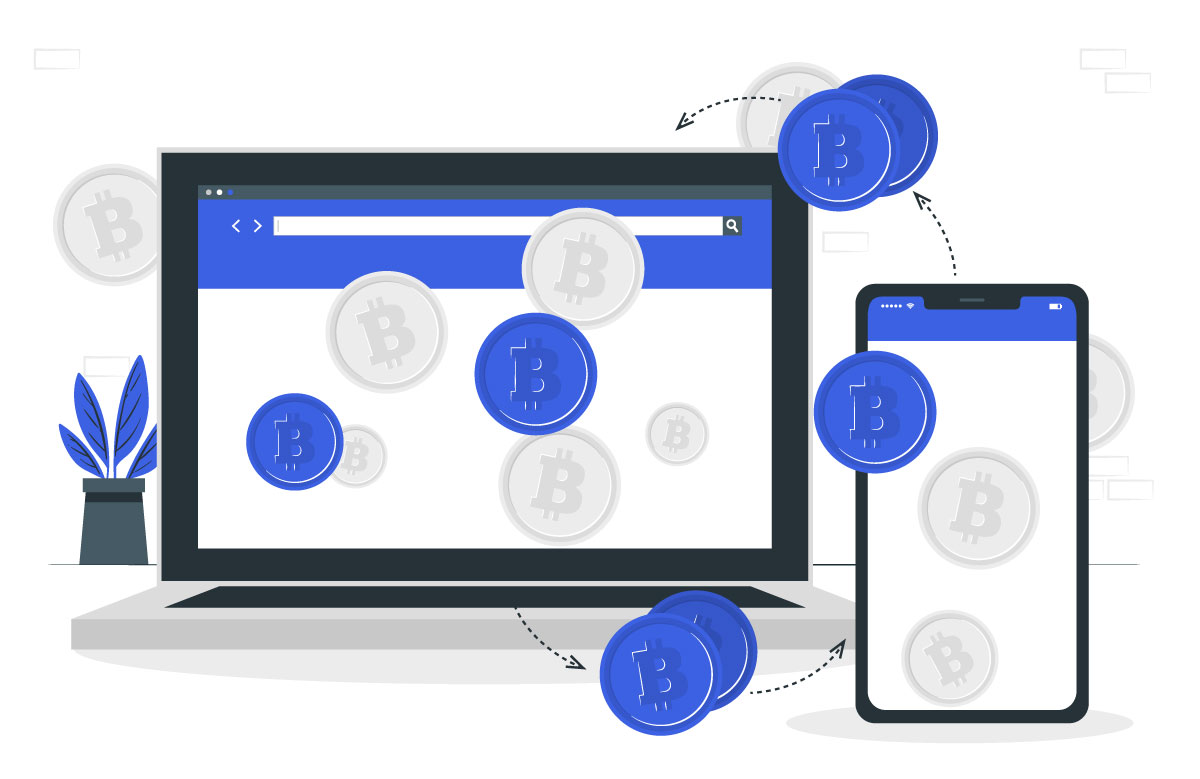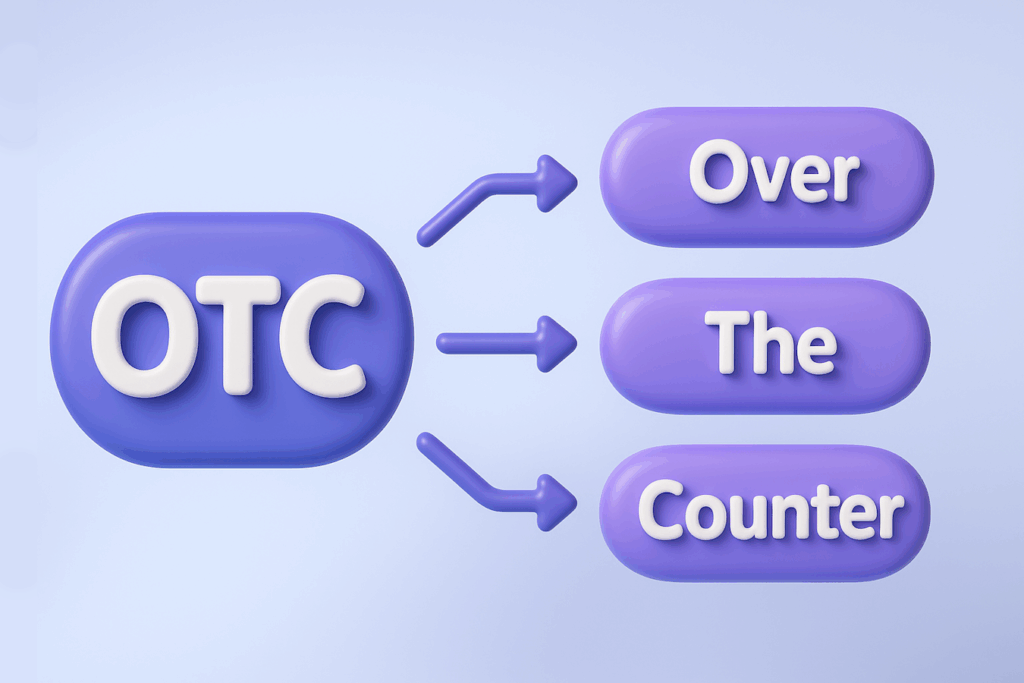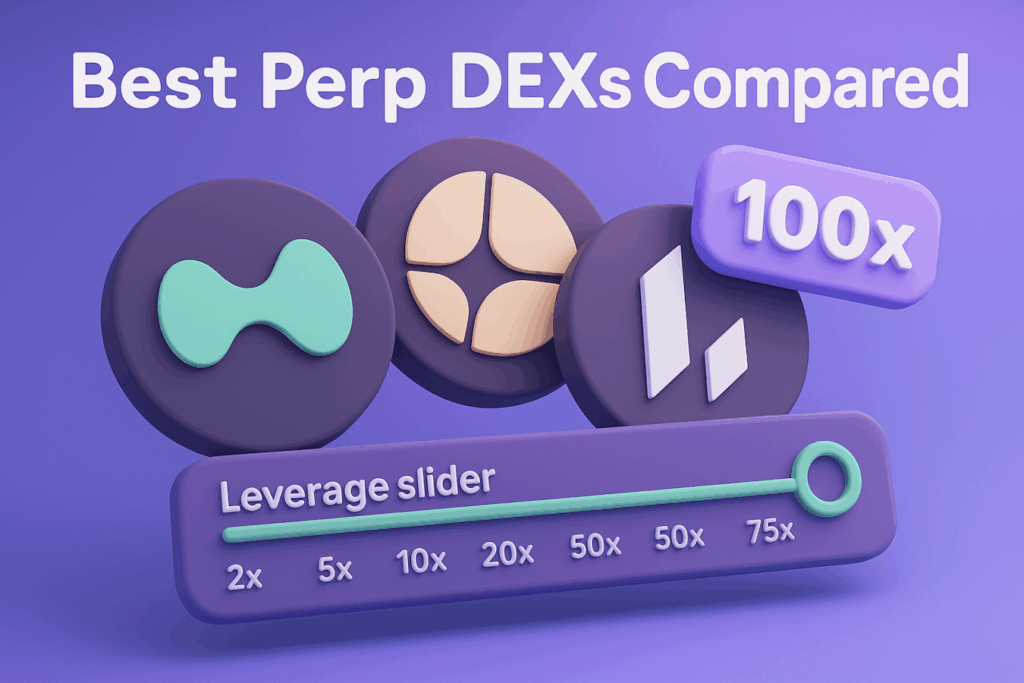share
As DeFi projects pick up steam, and Mark Cuban names DeFi as an industry with the potential to explode, the monthly volume of decentralized exchanges has soared from just $39.5 million in January 2019 up to $41 billion in March 2021. And this fact sounds impressive.
Today we will pay close attention to the growing trend – DeFi and identify the most promising areas of its development. Let’s dive into it.

What Is Defi?
We all can admit that the implementation of new technologies in financial services is not new. Most transfers are processed thanks to them. However, third-party interference is still needed to navigate the legalese of jurisdictions, competing for financial markets, and different standards to make transactions possible.
DeFi puts technology at the front in companies. It can be placed in blockchain and cryptocurrency spheres. But its abilities are much wider.
Decentralized finance uses tech to eliminate centralized systems and provide financial services for anyone worldwide. DeFi services and apps are commonly based on public blockchains. They also duplicate existing offerings built on the rails of common technology standards or they give new solutions custom-designed for the DeFi system.
In addition, DeFi apps give consumers the ability to manage their funds through personal wallets and trading platforms that work with individuals instead of institutions.
DeFi projects are integrated within 12 different areas nowadays:
- Prediction markets;
- Derivatives;
- DAO;
- Insurance;
- Exchange and liquidity;
- Credit and lending;
- Stablecoins;
- Banking and payments;
- Infrastructure;
- Marketplaces;
- Asset management;
- Tokenized BTC.
Advantages of DeFi
Here are the major pros that these applications can provide. Take a look at them:
- It is useful for countries with underdeveloped economies as well as developed countries in the field of lending, investment, and integrating new models of income generation.
- There is no need to control, rules are recorded in smart contracts. Once it is launched, the DeFi app can work on its own.
- Its ecosystem is inclusive. So, anyone can create and use an app. Unlike the traditional financial segment, there is no control. In the traditional financial system, you have to get permission from an intermediary to carry out almost any financial operation. To withdraw a penny from your account, you must wait for bank approval, while DeFi users can interact with financial services without permission.
- Thanks to decentralization, control is spread over the ecosystem. There are no regulatory hurdles. Transactions are transparent and they are processed in a flash without the need for intermediary banks.
- These apps are available 24/7 and offer the best rates both for borrowers and investors. Before DeFi, if you needed to get a loan, you would have to go to the bank and a lot of time would be wasted. With DeFi, you can get a loan with a few clicks from anywhere and anytime as long as you have an internet connection.
- It is governed by smart contracts and voting, allowing you to establish clear rules, laws, and a transparent ecosystem.
- Open source is integrated. As well as blockchain it is more convenient, reliable, and available for modification and redistribution.
- Eliminates all human errors on a day-to-day basis, unless the system was poorly organized.
- “Healthy” system. We all know that COVID-19 has shown that traditional financial organizations are very vulnerable to global shock due to direct contact between individuals. According to Nariman Behravesh, chief economist at the consulting firm IHS Markit, this pandemic has caused an economic shock three times worse than the financial crisis in 2008. There is no need for physical contact to support decentralized systems. It is crucial in the current health crisis.
But are all of these services and platforms risk-free? Undoubtedly, the answer is “No”. Just like an apple that may contain a worm, DeFi products have their own problems and risks.
What Should We Expect in the Near Future?
Despite all the advantages of this tech, alas, there are currently no popular or successful global projects on DeFi in the financial sector. It is so due to financial authorities and firms. They are not ready for integrating new technologies, and they see DeFi as a threat, not an opportunity.
But the best is yet to come, and its future looks quite prosperous. As the world hurdles further towards a digital and decentralized future, we are already seeing tokenized currencies including digital gold, Non-Fungible Tokens (NFTs), and artworks become more common while many governments around the world are seeking to establish central bank digital currencies (CBDC).
The use cases for smart contracts are exponential, spanning from DeFi to gaming, tokenized real-world assets, prediction markets, payments, gambling, and betting apps.
As the manner in which both individuals and organizations interact, share information, and utilize financial tools continues to be revolutionized by decentralized technology, smart contracts, and DeFi will continue to create and supply its users with transparency and financial freedom.
That’s all for now. Stay tuned for more great content coming soon!








